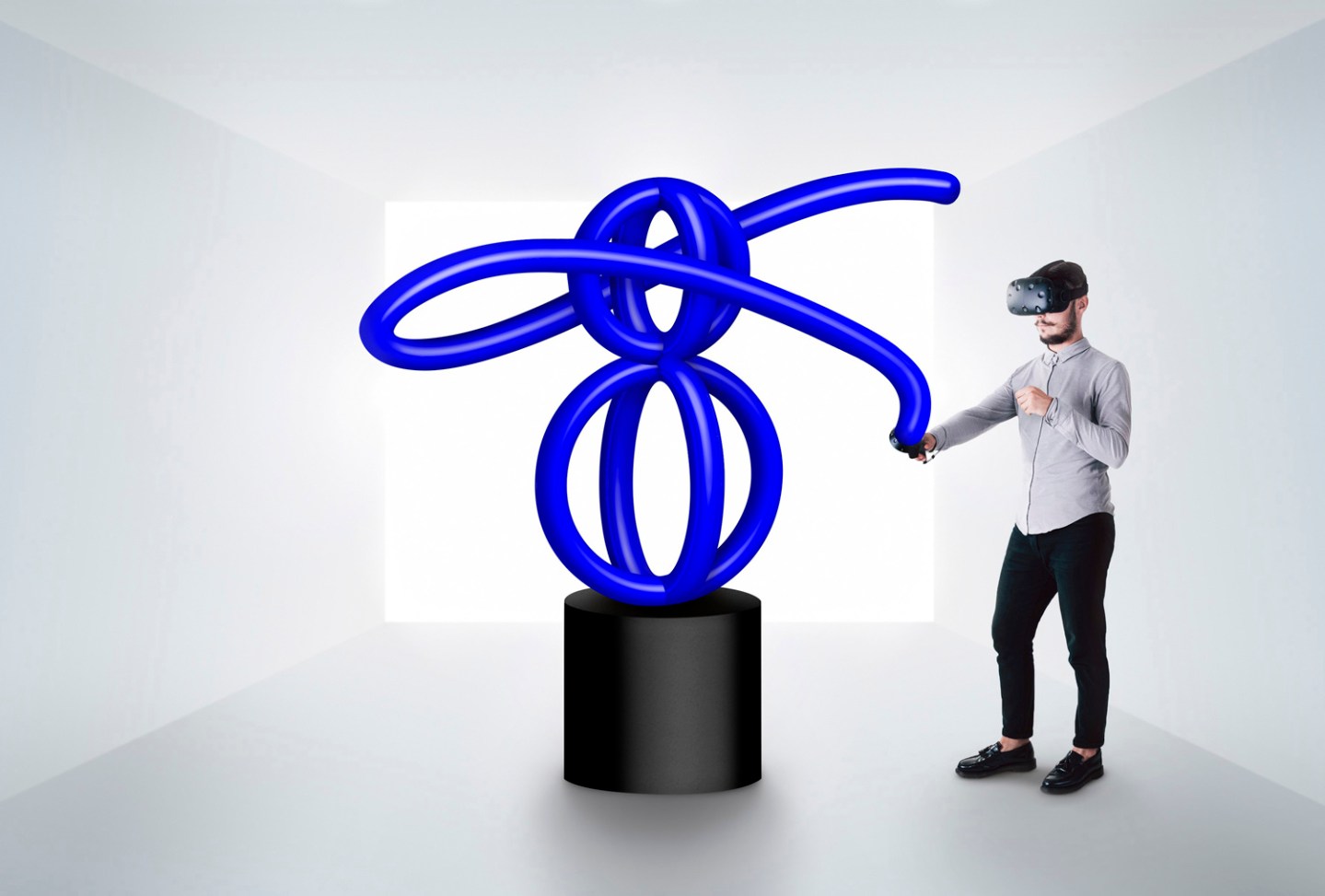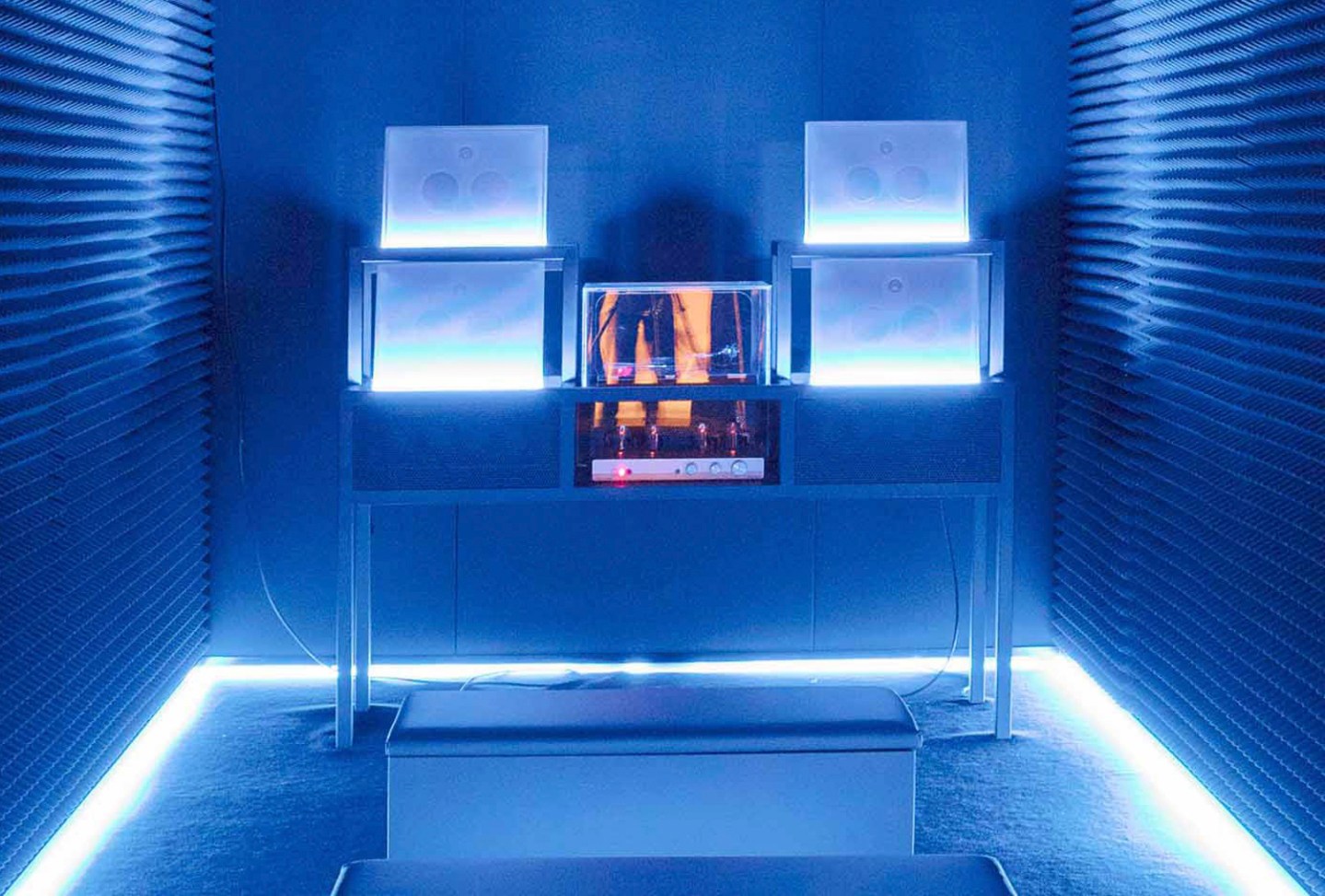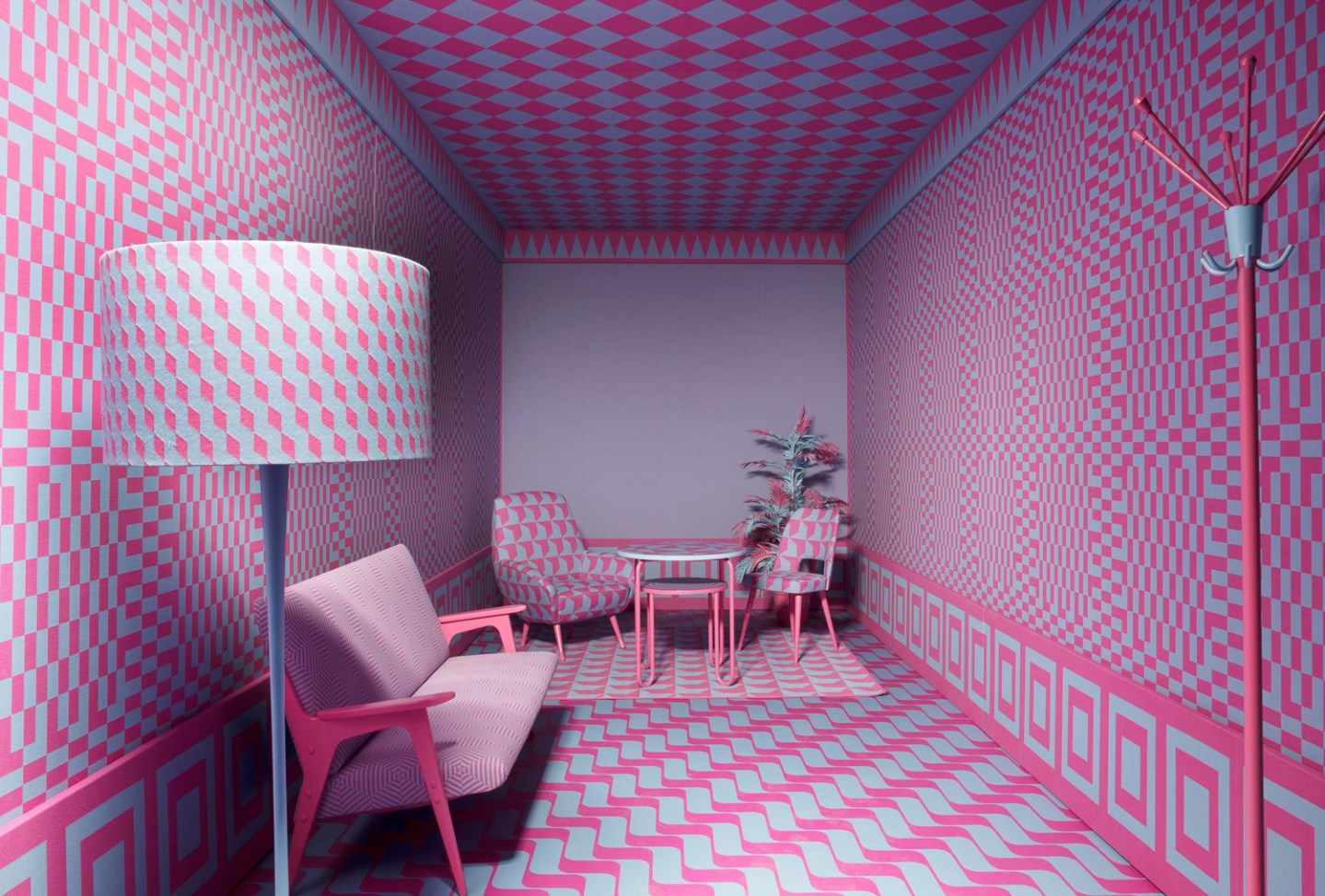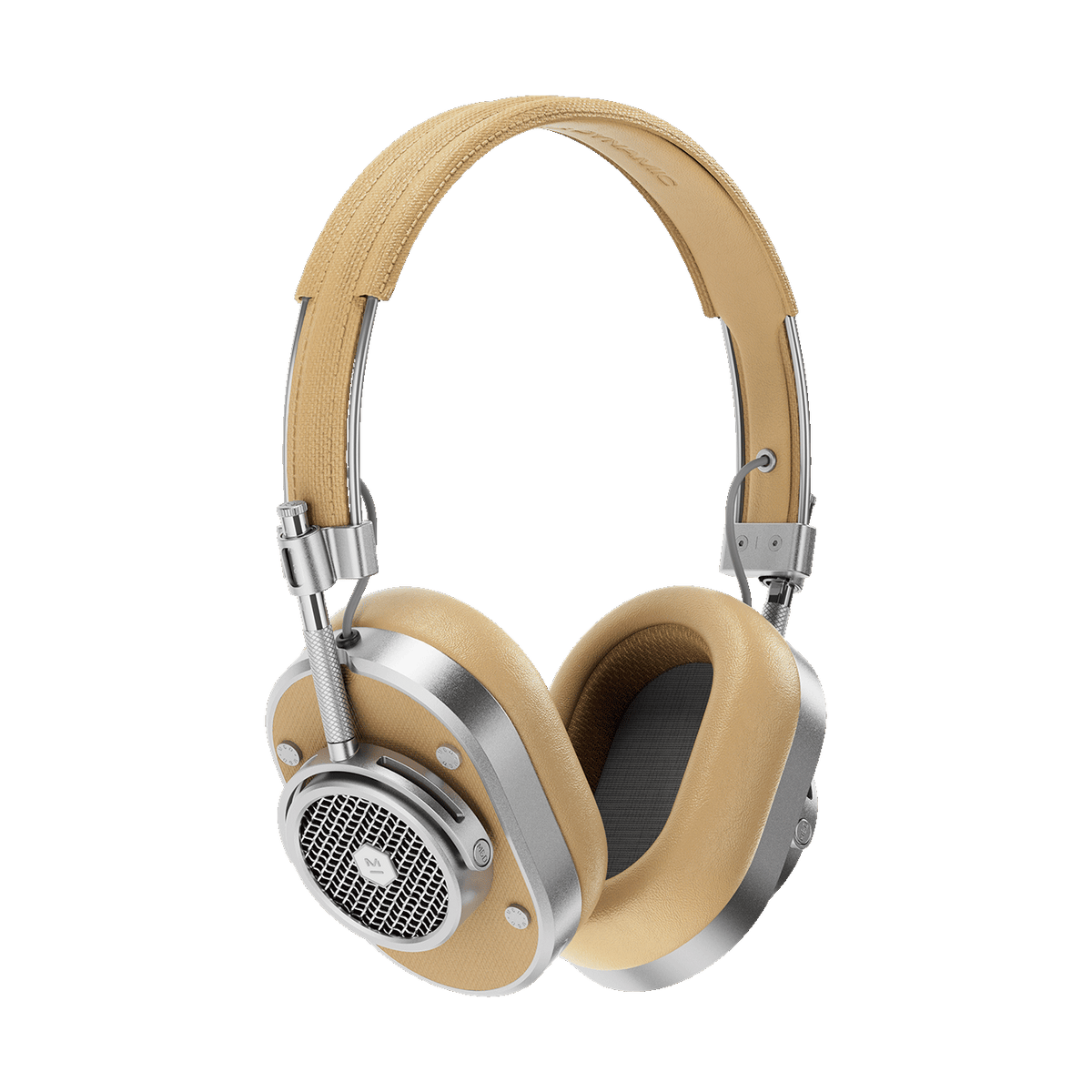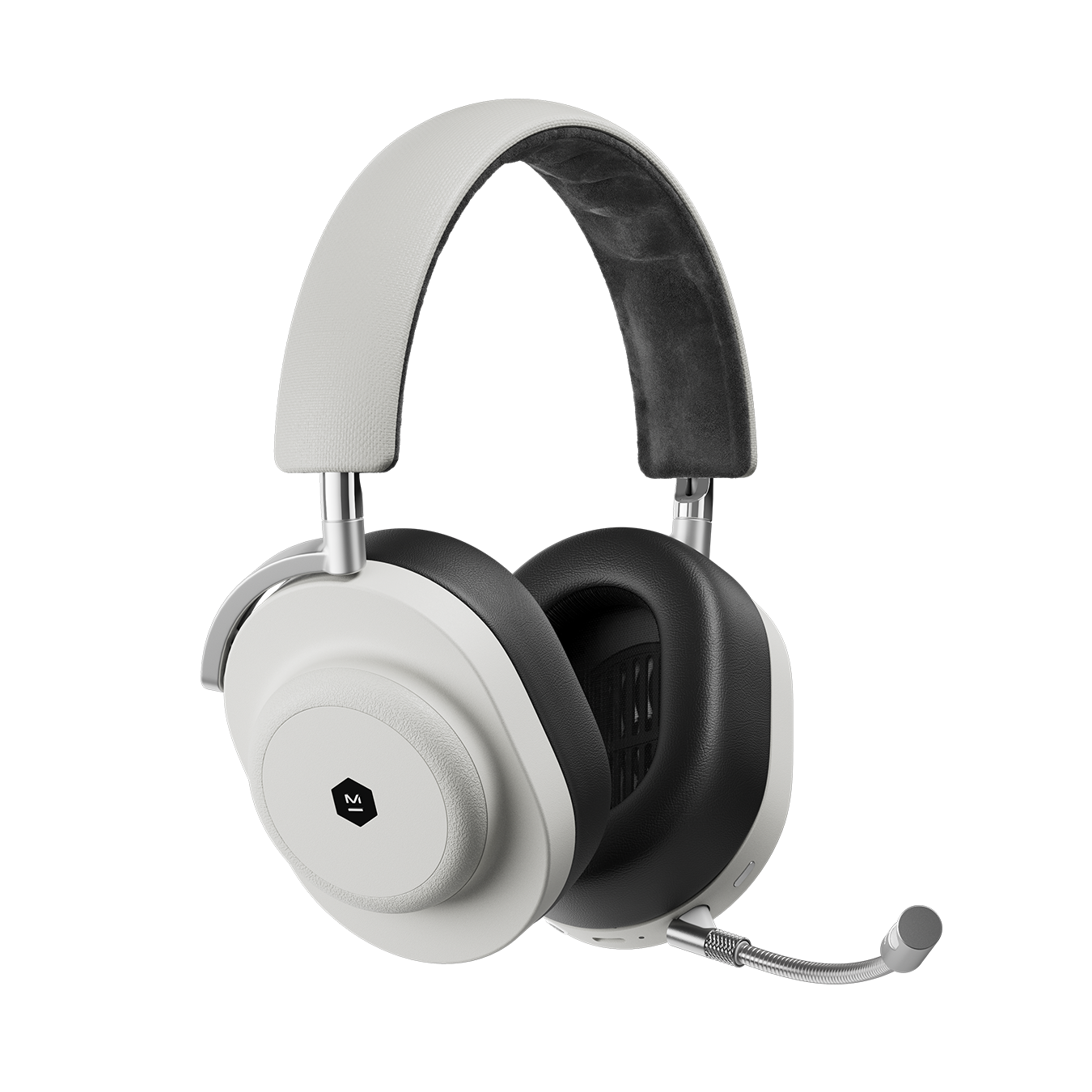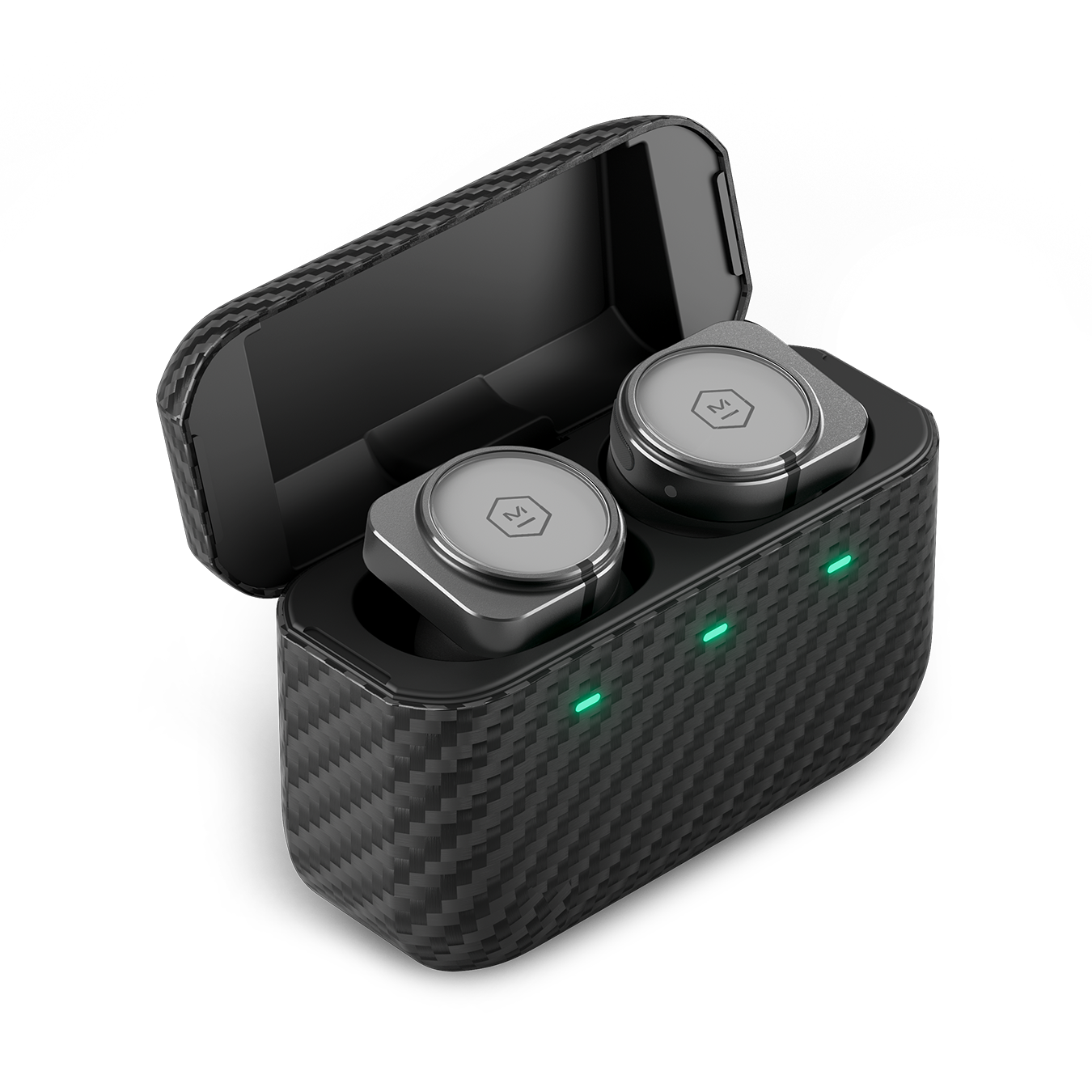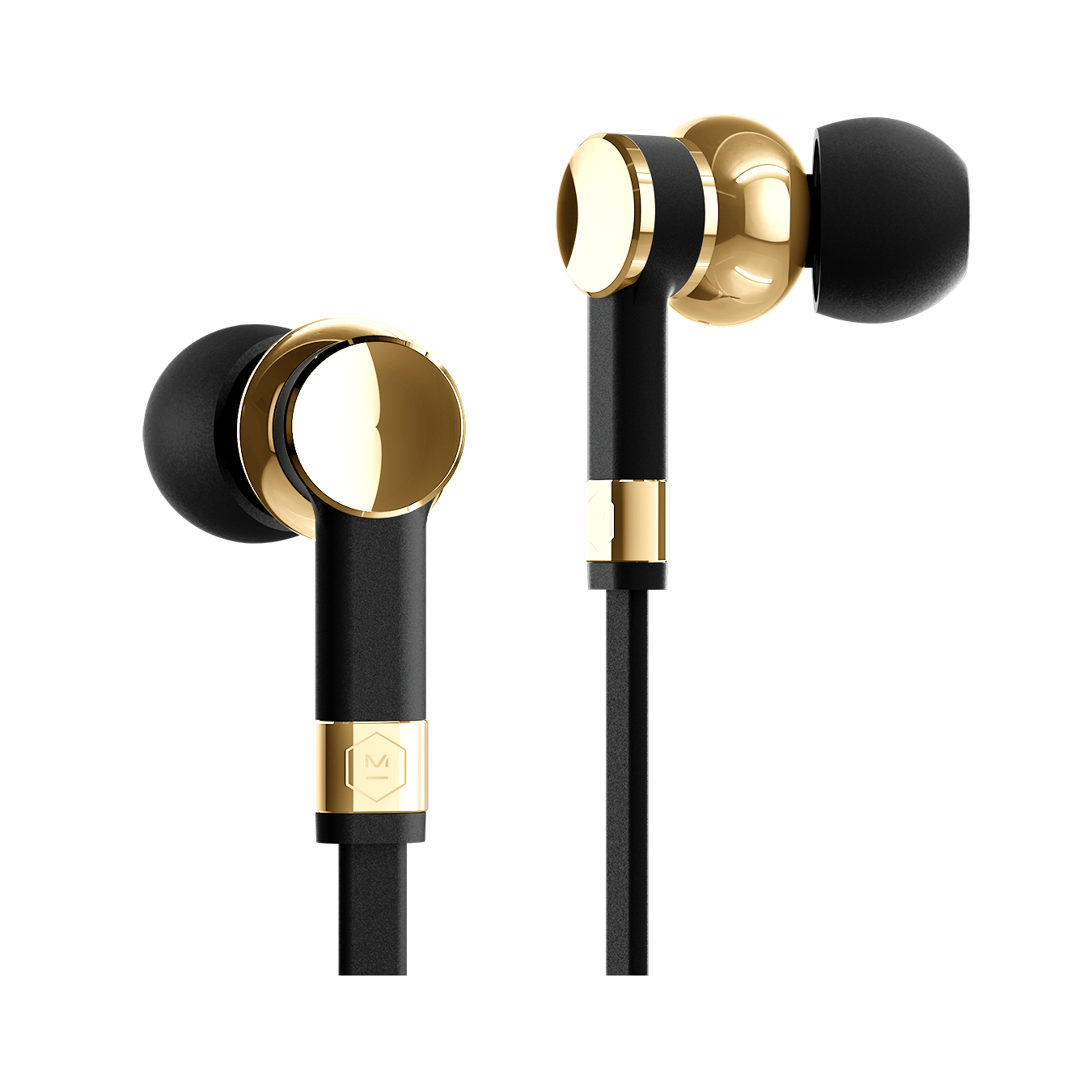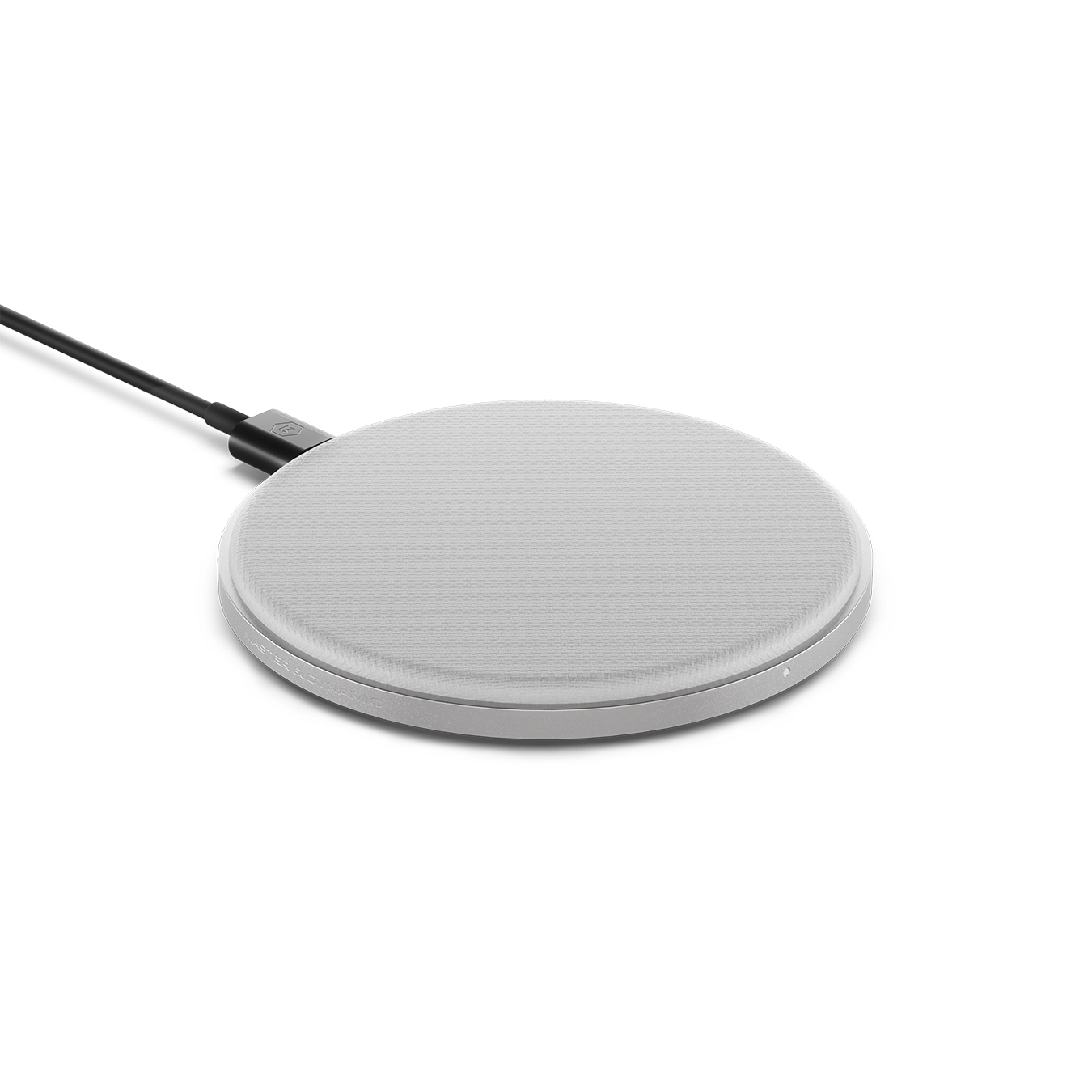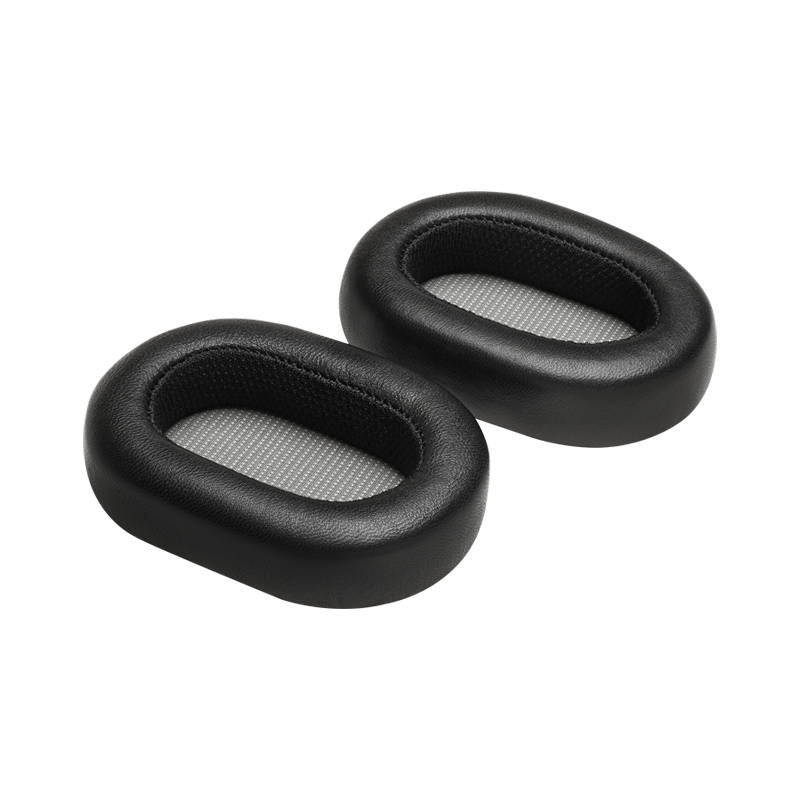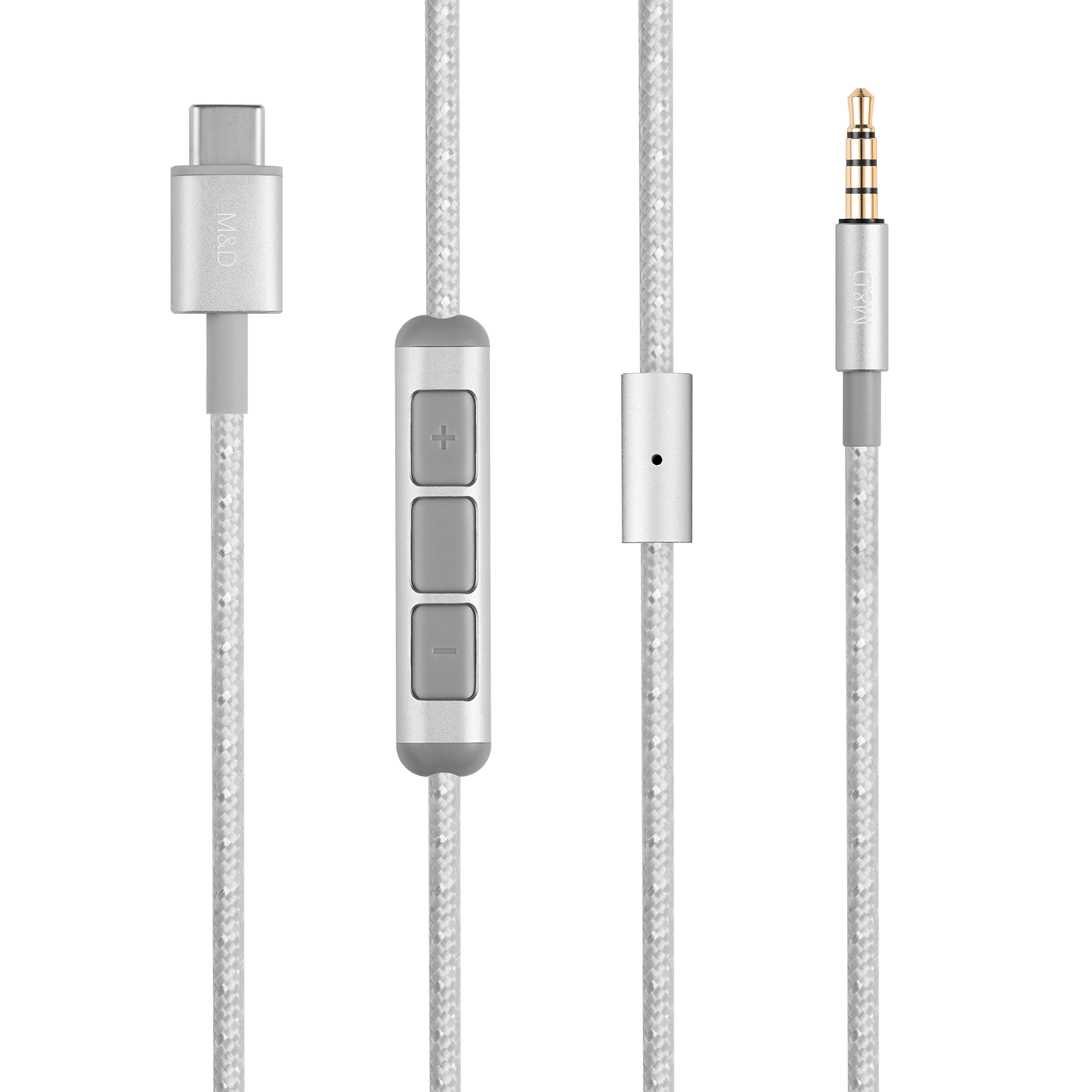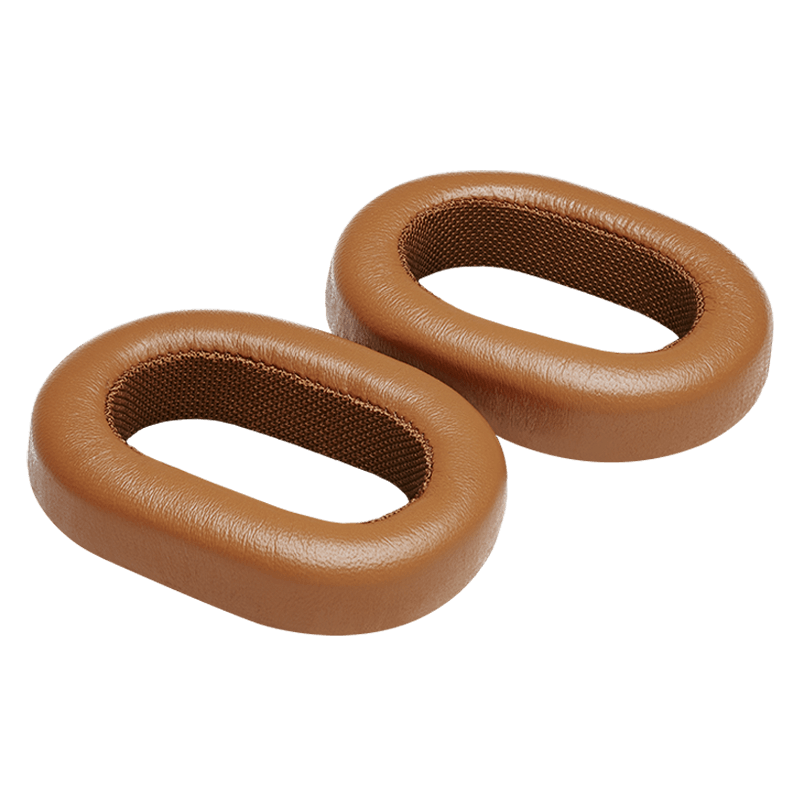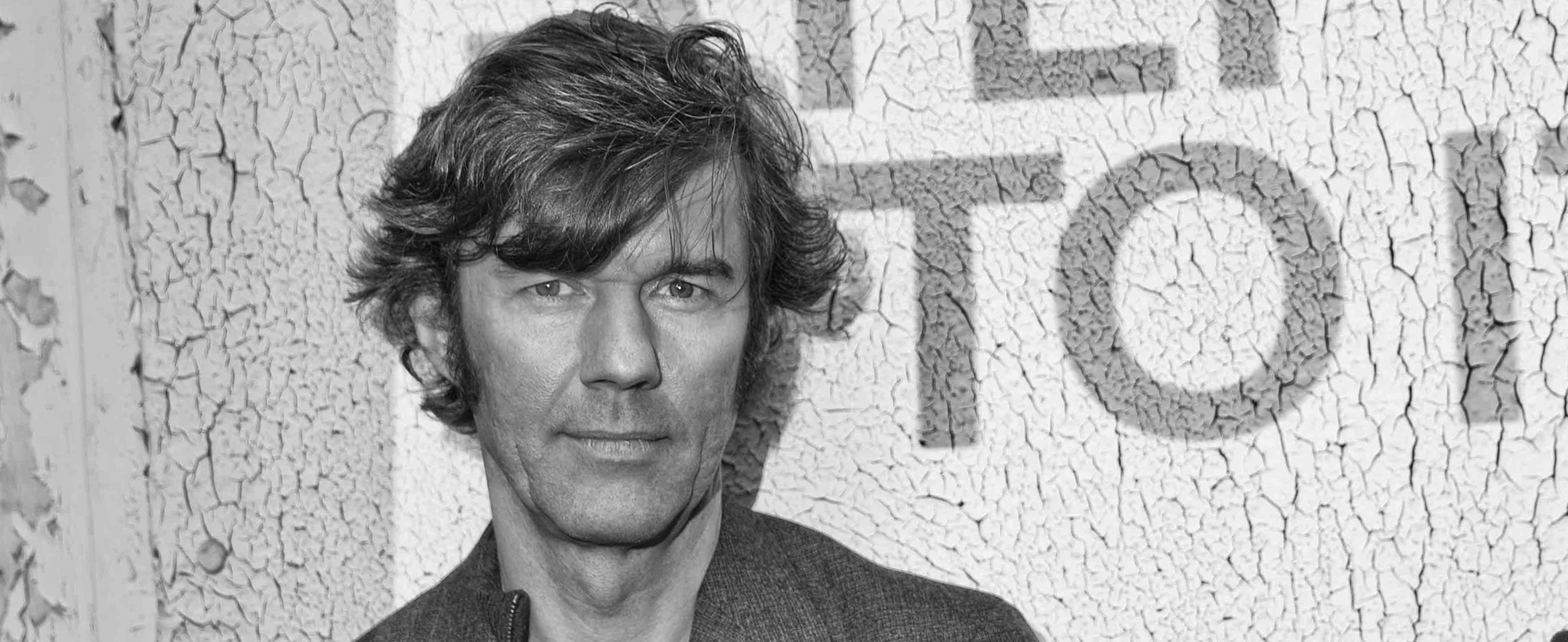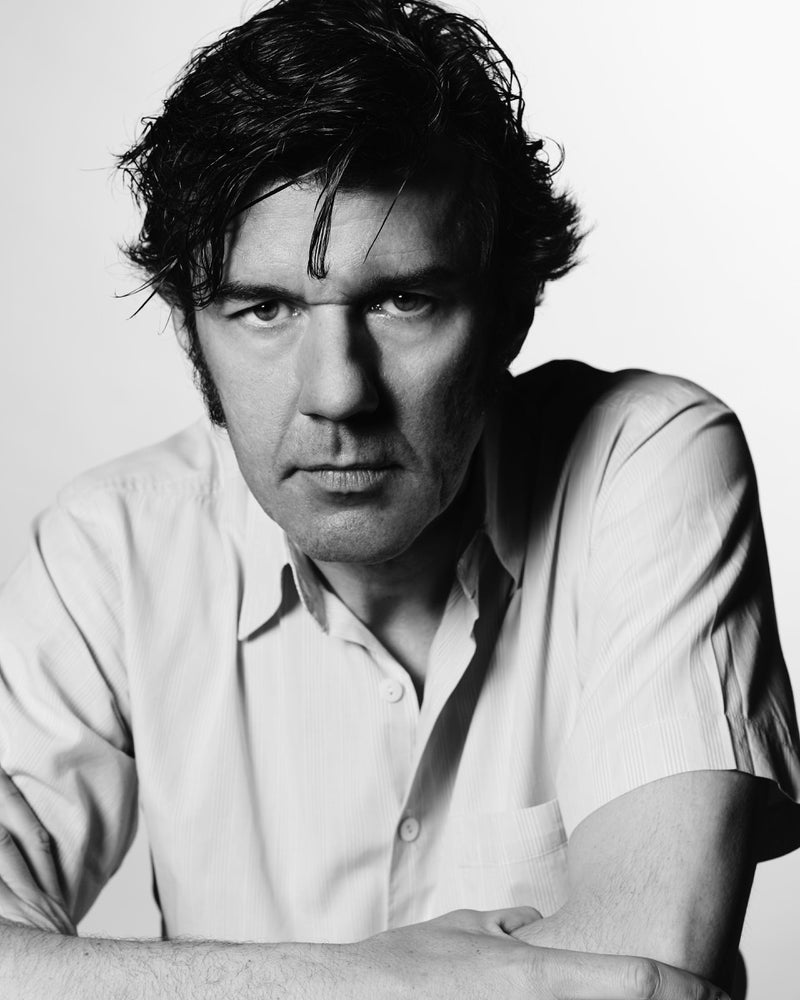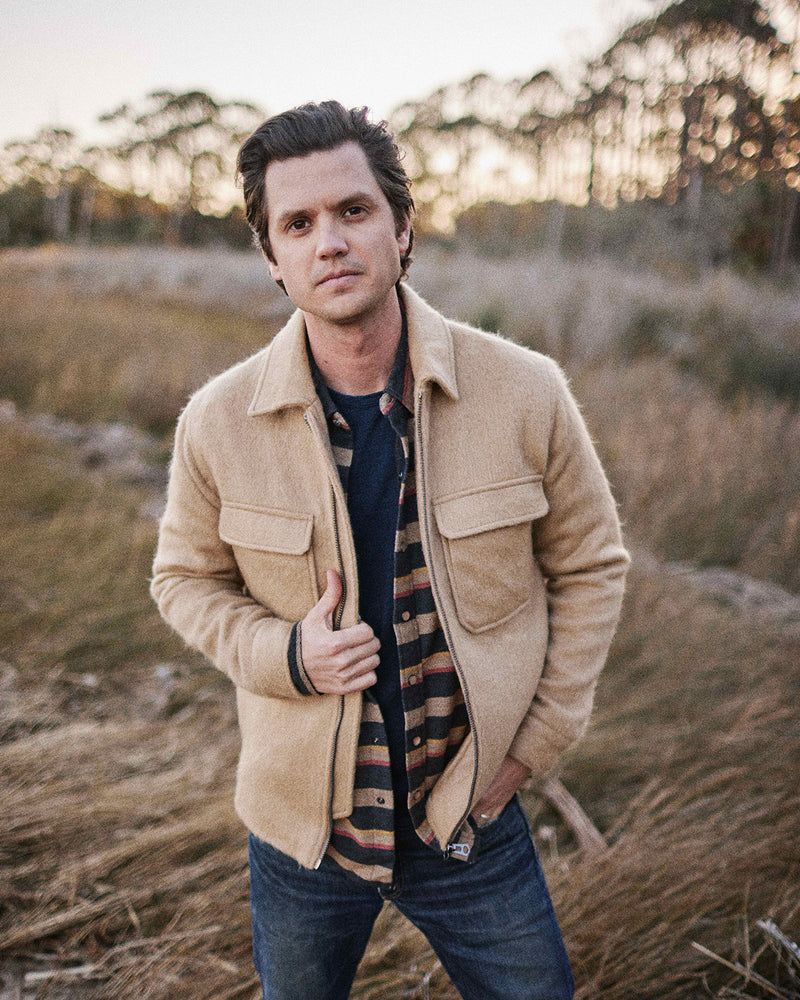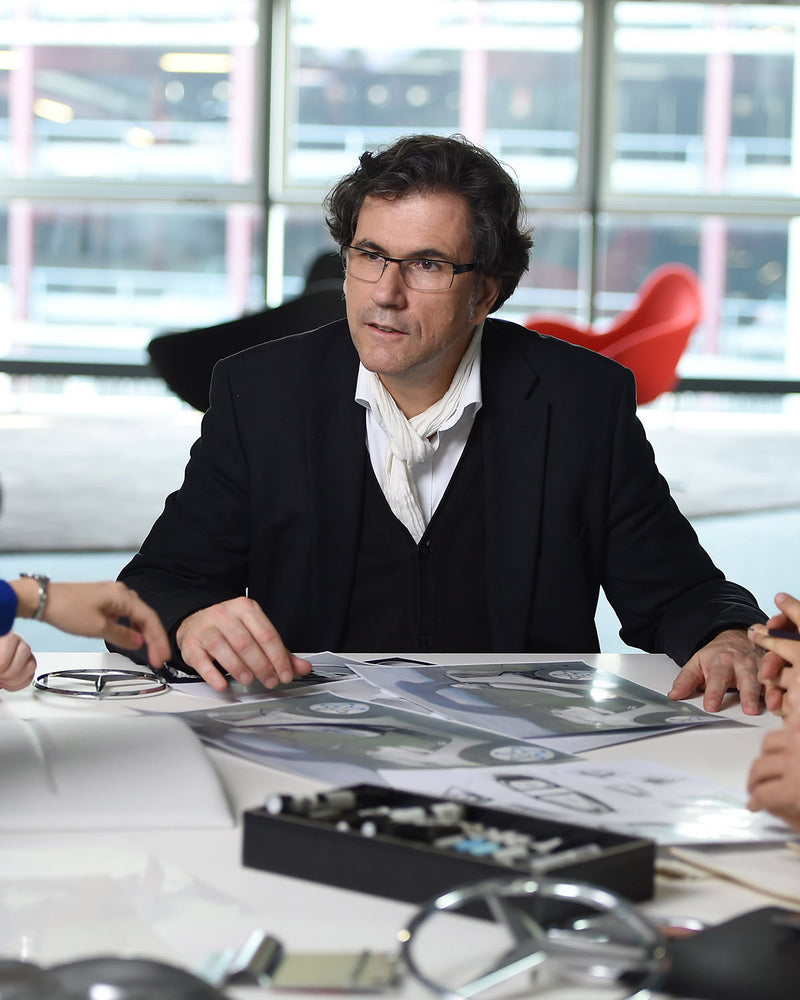Stefan Sagmeister is one of the world’s leading creatives. Early in his career, the New York-based, Austrian-born artist, typographer and storyteller created iconic album cover art for musicians including Lou Reed, Aerosmith and Jay Z. Sagmeister currently explores the concept and cultural relevance of beauty in Sagmeister & Walsh: Beauty – now on display at MAK (Austrian Museum of Applied Arts) where viewers embark on an experiential journey to understand the evolution and significance of beauty, especially in a modern context. Included in the exhibit is a visually and acoustically stunning sound room featuring a series of Master & Dynamic MA770 Wireless Speakers. Interested to learn more, The 10,000 caught up with Sagmeister to delve into the definition of beauty, the exhibition and the artist’s own influences.
Your new exhibit Sagmeister & Walsh: Beauty is now on display at MAK (Austrian Museum of Applied Arts). What do you hope the viewer’s main takeaway is after visiting the exhibition? We would like the visitor to take away (and will also try to prove it in the exhibit) that beauty not only influences the way we feel, but also the way we behave. When I was a young designer I believed that it’s all about the idea and that form and style are secondary. After doing this for 30 years, I came to believe strongly that this is wrong. Formal attributes including beauty are absolutely central when it comes to producing anything that should function well for humans.
What is your own relationship with beauty, and how has it evolved and ultimately impacted your work? As mentioned above, we found that beautiful things work much better, i.e. they often create significant additional functionalities that pieces that were designed to just function could not offer.
And: It might be tempting to fall for the misconception that beauty will matter less in a faster world, as the current speed will reduce opportunities to stop and smell the roses. Our scientific adviser for the exhibit, Dr. Helmut Leder, shows that beauty can be seen in fact as a shortcut in order for us to preserve energy and make decisions subconsciously, without conscious thought, which means beauty plays an even more central role in faster times.
You grew up in Vienna, arguably one of the world’s most beautiful cities. How did that experience and your surroundings affect your aesthetic and direction? I spent most of my formative years in Austria, and of course growing up there created a lasting affect on my character and work. I just now revisited a large exhibition on Gustav Klimt in Vienna that showed that he worked on posters, commissioned murals and paintings often at the same time, making no difference if the work was art or design. And of course, the extensive history of taking form seriously in Austria, from the 30,000-year old Venus of Willendorf to the 100 year-old Wiener Werkstätte left a deep impression.
I would also agree with the various surveys from international travel magazines that among the most beautiful cities in the world are: Vienna, Paris, Barcelona, Rome, Prague, Kyoto, Rio, Sydney, Cape Town, San Francisco.
The exhibition is meant to stimulate the human senses in order to show that beauty isn’t just skin deep. What role does sound play in this? How did you use sound to execute your vision? If I try to define beauty, I’d say it is a combination of shape, form, color, composition, material and structure, to please the aesthetic senses, especially the sight and the ear. As designers, we do concentrate on the visual in this exhibition but as designers of album covers, we were always jealous of our musician clients as we felt they could affect their audience on a much more emotional level. So we wanted to have a sound room in the exhibition, where visitors could experience one of our favorite pieces of music, the song Heart from the electronic band Darkside under optimum conditions, using a turntable in combination with the Master & Dynamic concrete speakers in a soundproof dark room. It turned out to be really popular.
Your work spans from exhibits to GRAMMY-award winning designs for various album covers and box sets. What’s next? I have been involved in large projects like this exhibition on Beauty or our film on Happiness, projects with giant sized themes involving many, many people. Right now I am longing for something small, simple and intimate. Pencil drawings on 8.5 x 11″ writing paper would qualify.


